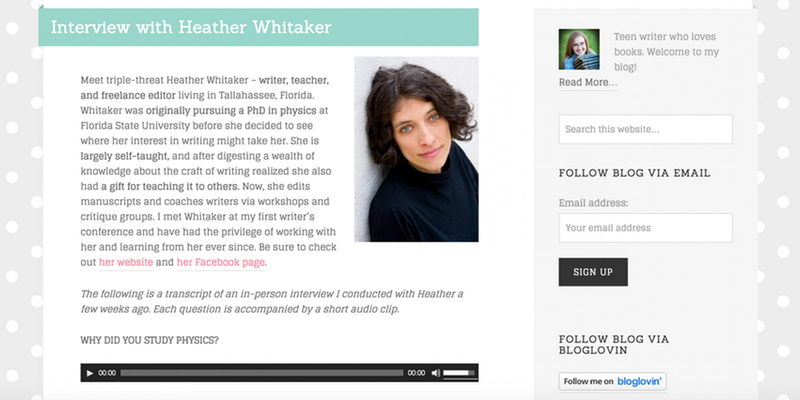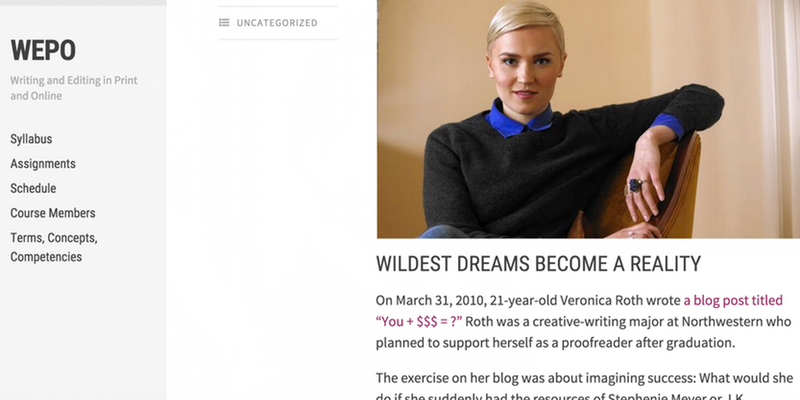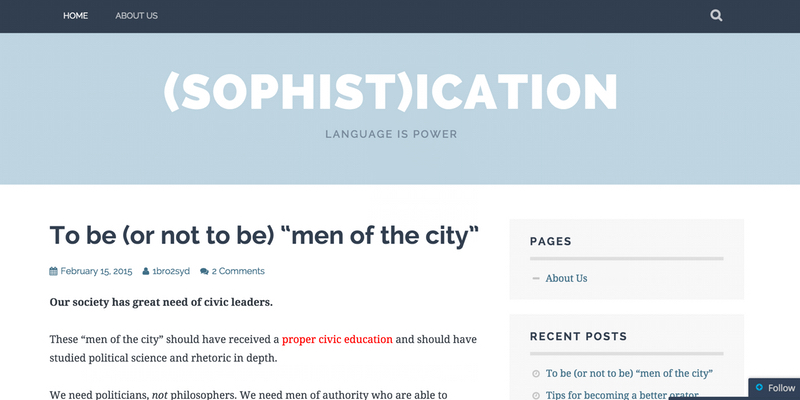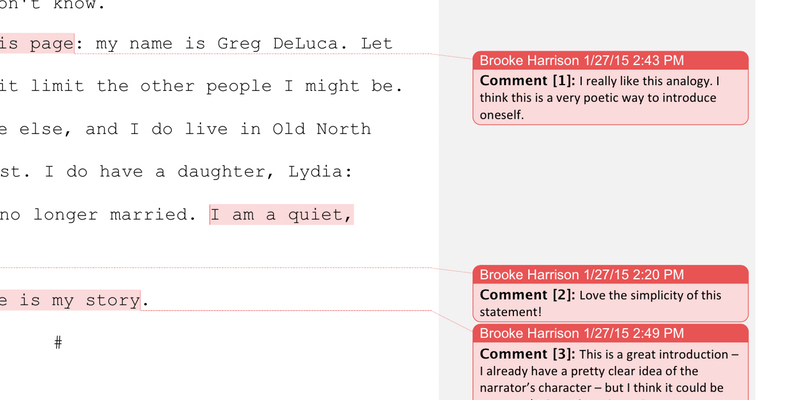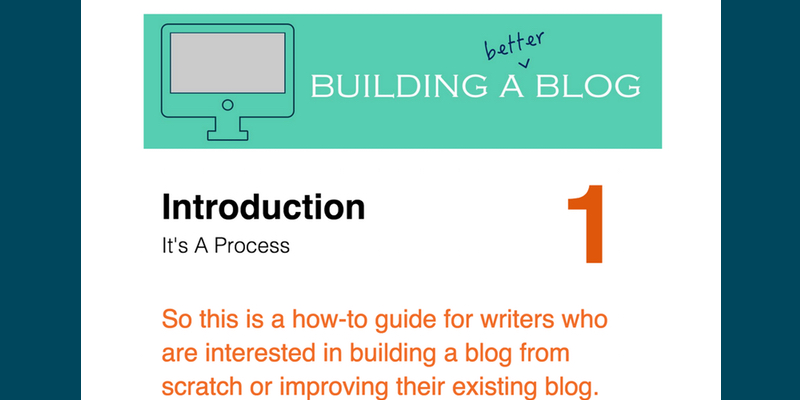OBJECTIVE – Interview someone about their composing habits and write a press release.
Part 1 – interview
Interview with Heather Whitaker – transcribed notes (pdf)
I was tasked with choosing an interesting subject (a composer) to interview for the press release. This person needed to be someone with a unique creative process. I chose to interview Heather Whitaker, freelance editor, writer, and teacher.
Our discussion in class about conducting an interview was helpful, especially because I planned to interview Whitaker face-to-face. Interviewing is “active, goal-oriented listening.” This means it’s important to look for interesting angles or threads. An interview is an “artificial conversation,” because I control the direction it takes by asking specific questions.
There are two types of questions – open-ended and close-ended questions. Open-ended questions give the interviewee a chance to open up, to tell stories. These questions can not be answered with a simple “yes” or “no.” Close-ended questions, on the other hand, are “yes” or “no” questions and allow the interviewer (myself) to seek clarification.
An example of a close-ended question would be, “Do you like your work?”
An open-ended question would be, “What do you like about your work?”
When I met with Heather, I’d already written a long list of both close-ended and open-ended questions. I recorded the interview on my iPhone but also took hand-written notes. It was a half-hour interview, so I had lots of material to work with.
I believe I enjoyed the interview because I’d had previous experience from my work as a member of my high school newspaper staff. I interviewed students, teachers, and administrators to write both news and feature stories for the paper.
Part 2 – press release
Why You Write original press release – print logic
Prior to writing the first draft of my press release, I wrote an “elevator speech” in class. An elevator speech is short and sweet – a clear and concise summary of one’s project.
I’m composing about Heather Whitaker, a freelance editor and writer,
because I want to learn more about her job (writing/editing manuscripts)
in order to understand the relationship between composing and editing.
I struggled to complete the first draft, but the elevator speech gave me focus. I also appreciated our class discussion regarding the genre of the press release and the genre conventions. We concluded that press releases are generally short/pithy, informative, and purposeful.
The press release can be written according to the “inverted pyramid,” which is the method of front-loading the most important information. Typically, the answers to the five w’s (who, what, when, where, why, how) are most important.
OBJECTIVE – To create a multimodal web story package. To tell the “Why You Write” story using web logic.
Part 3 – web package
Why You Write web package – web logic
As it’s own distinct project, the “Why You Write” web package was about presenting a new take on the subject matter. My web package should repurpose the content of my press release and include at least two additional modes besides text. I chose WordPress as my platform, and I chose the visual and aural modes to accompany the text.
I’m very familiar with WordPress, and I believe it’s an easy-to-use and easily customizable platform. I wanted to associate my web package with my WordPress blog. And, similar to the author interviews I’d previously conducted for my blog, I wanted my web package to have the traditional question/answer structure.
The first step in creating my web package was drawing a mockup. I sketched the general outline/layout of my project on a piece of computer paper. It allowed me to visualize the placement of each individual piece. Take a look at my mockup.
One of my technological goals in creating the project was learning to edit an audio file. It was exciting to acquire a new skill – I researched online and found a tutorial which taught me to use the GarageBand application on my Mac. I took my original interview with Whitaker and trimmed the audio file. I wanted the audio clips to accompany the text. I was extremely pleased with the outcome – the reader can skim the text but also listen to the audio of Whitaker’s voice.
